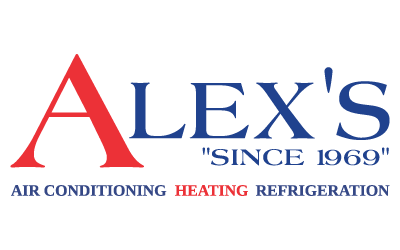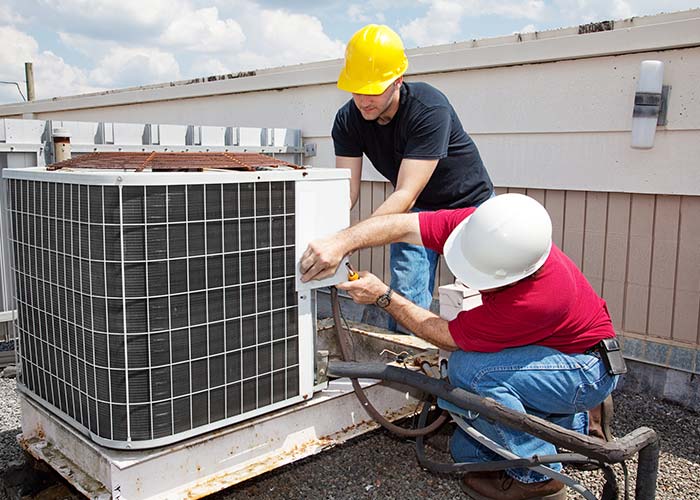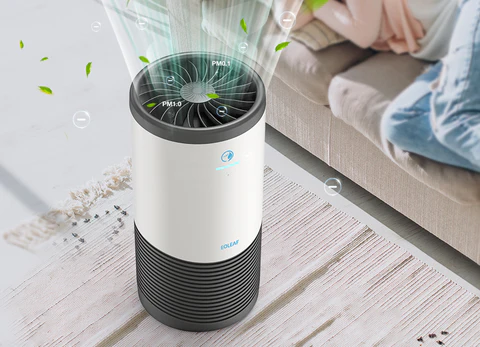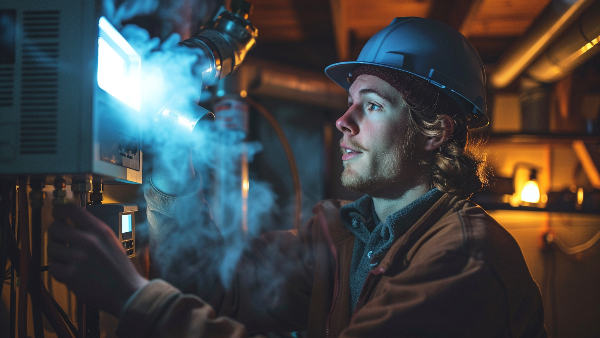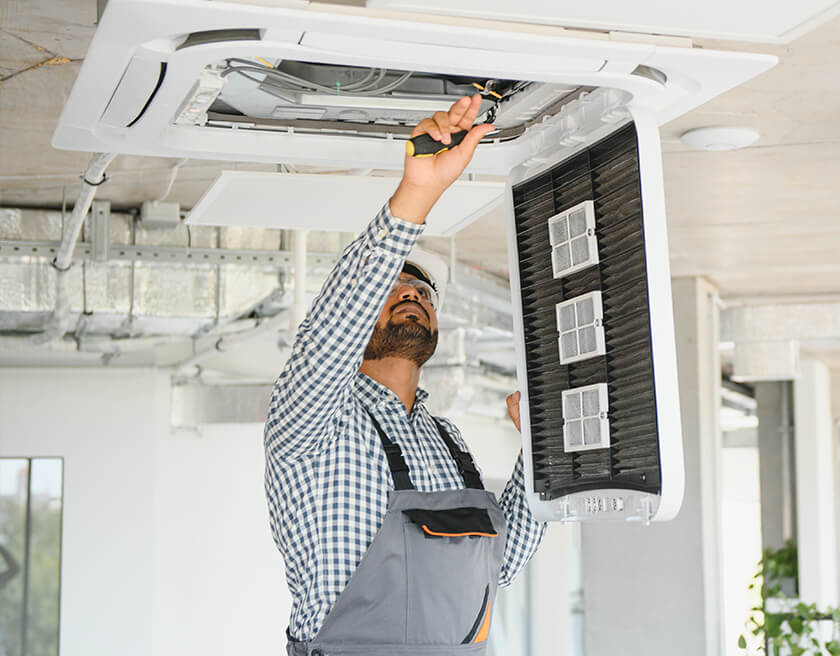The Role of Humidity in HVAC Efficiency: Why It Matters for Texas Homes
Introduction
When most Texans think about air conditioning, they think about heat — not humidity. But the truth is, humidity plays just as critical a role in how efficiently your HVAC system operates as temperature does.
In regions like Houston, Galveston, or La Marque, the combination of high heat and persistent moisture puts extra stress on air conditioners. When humidity levels climb, your system must work harder, longer, and less efficiently to maintain indoor comfort. Over time, that strain drives up energy bills, increases wear on components, and can even lead to poor indoor air quality.
Balancing humidity isn’t just about comfort — it’s about protecting your home, your health, and your HVAC investment. Understanding how humidity impacts HVAC performance helps Texas homeowners make smarter choices about system maintenance, upgrades, and indoor air management.
🔗 Related: The Hidden Impact of Poor Indoor Air Quality and How to Fix It
Understanding Humidity and Its Effect on Indoor Comfort
What Is Humidity?
Humidity refers to the amount of water vapor present in the air. In Texas, where the climate is warm and moist, humidity can soar well above 60% during much of the year. The higher the relative humidity (RH), the more difficult it becomes for sweat to evaporate from the skin — making temperatures feel warmer than they actually are.
For example, 78°F at 70% humidity can feel as uncomfortable as 85°F at 40% humidity. That “sticky heat” is why your air conditioner may seem to run endlessly in late summer, even when the thermostat is set to a reasonable temperature.
The Ideal Indoor Humidity Range
Experts, including ASHRAE (American Society of Heating, Refrigerating and Air-Conditioning Engineers) and the EPA, recommend keeping indoor humidity between 40% and 60% year-round.
Above 60% RH: The air feels damp, mold and bacteria thrive, and cooling systems lose efficiency.
Below 30% RH: Air becomes too dry, leading to static, dry skin, and even damage to wood furnishings and floors.
Maintaining this balance is key not only for comfort but also for HVAC performance and indoor air quality.
How High Humidity Hurts HVAC Efficiency
1. Longer Cooling Cycles and Energy Waste
When humidity levels are high, your AC must remove both sensible heat (temperature) and latent heat (moisture). This moisture removal process requires significant energy.
In Texas’s coastal regions, AC systems often run 20–30% longer cycles just to keep humidity under control. That means more electricity consumption and higher utility bills — even when the thermostat is set correctly.
According to Energy.gov, reducing indoor humidity can lower cooling costs by 10–15%, because drier air feels cooler, allowing you to set the thermostat a few degrees higher without losing comfort.
2. Reduced System Lifespan
When your system constantly battles moisture, key components — particularly the compressor and evaporator coil — experience accelerated wear. Excess condensation can also corrode internal parts and lead to costly repairs or premature failure.
3. Poor Air Quality and Mold Growth
Humidity doesn’t just make your home feel uncomfortable — it creates the perfect breeding ground for mold, mildew, and dust mites. These contaminants can clog filters, strain airflow, and worsen allergy symptoms.
Maintaining balanced humidity helps protect both your HVAC system and your family’s respiratory health.
🔗 Related: Allergens, Humidity Control, and Modern Air Purification Solutions
Low Humidity Problems — The Other Side of the Equation
While Texas is known for moisture, winter and early spring can bring dry indoor air — especially in homes using electric heat or oversized AC units. When humidity drops below 30%, static electricity increases, sinuses dry out, and wood materials begin to contract and crack.
Low humidity also makes heating systems less efficient. Dry air feels cooler, forcing homeowners to increase thermostat settings and use more energy.
Balanced humidity is essential on both ends of the spectrum. Whether the air is too damp or too dry, your HVAC system will struggle to operate efficiently.
The Science of Dehumidification in Modern HVAC Systems
How Air Conditioners Remove Moisture
Your air conditioner naturally removes humidity as it cools the air. Warm indoor air passes over cold evaporator coils, causing water vapor to condense and drain away. However, this process — called latent cooling — only works efficiently when the system is properly sized and maintained.
An oversized unit cools air too quickly, shutting off before it can effectively remove humidity. This results in a cool but clammy home — a common issue in Gulf Coast regions.
The Role of Dedicated Dehumidifiers
For homes in particularly humid areas like La Marque or Houston, a whole-home dehumidifier can be integrated with your HVAC system. These units actively regulate humidity independent of temperature, maintaining consistent comfort without overworking your AC.
Whole-home dehumidifiers are more energy-efficient than relying on air conditioning alone for moisture removal and help reduce wear on your primary cooling system.
Smart Thermostats and Humidity Sensors
Today’s smart thermostats, like the Ecobee Premium or Google Nest Learning Thermostat, come equipped with humidity sensors that monitor and adjust indoor RH levels automatically.
By integrating with your HVAC system, they can extend cooling cycles slightly during humid conditions, optimizing both comfort and efficiency.
Learn more: Smart Thermostats for Texas Homes: Comfort, Savings, and Control
How Proper Humidity Control Improves HVAC Efficiency
Shorter Cooling Cycles and Lower Bills
When indoor humidity is within the 45–50% range, your body cools more effectively, meaning you can set the thermostat a few degrees higher without discomfort. Those few degrees translate to measurable energy savings.
Improved Indoor Air Quality
Balanced humidity prevents mold, bacteria, and dust mites from thriving. Clean, dry air also helps filters and UV purifiers perform more efficiently — supporting the overall health of your HVAC system.
Longer Equipment Life
By minimizing strain on compressors and reducing corrosion risk, proper humidity control extends system lifespan. A well-maintained, balanced HVAC setup can last years longer than one constantly fighting moisture imbalance.
Enhanced Comfort Year-Round
Proper humidity control eliminates that “sticky” or “stale” feeling that can linger even after cooling cycles end. It keeps your home feeling consistently fresh — no matter what Texas weather throws at it.
Smart Solutions for Managing Humidity in Texas Homes
Whole-Home Dehumidifiers
Integrated dehumidifiers automatically monitor indoor RH and remove excess moisture as needed. They’re ideal for Texas’s coastal climates, where seasonal humidity stays high even at night.
These systems work seamlessly with your existing HVAC, providing comfort without the noise and inefficiency of portable units.
Variable-Speed HVAC Systems
Variable-speed compressors and fans are game-changers for humidity management. By operating at lower speeds for longer periods, they remove more moisture than single-speed systems while maintaining even temperatures.
If you’re upgrading your system, ask your HVAC professional about variable-speed technology.
Explore your options in Energy-Efficient HVAC Upgrades: What’s Worth It in 2025
Smart Thermostats with Humidity Control
Devices like Ecobee and Honeywell models now allow direct humidity setting control. You can view real-time humidity readings and even automate dehumidifier activation.
Air Purifiers with Humidity Features
Advanced air purification systems include built-in humidistats, offering twofold benefits: cleaner air and balanced moisture levels — essential for households with allergies or respiratory sensitivities.
Best Practices for Homeowners
Managing humidity effectively requires both the right equipment and consistent upkeep.
Keep air filters clean: Clogged filters restrict airflow, reducing both cooling and dehumidification efficiency.
Schedule regular tune-ups: Professional HVAC maintenance ensures coils and condensate drains function properly.
Install humidity monitors: Affordable hygrometers can provide real-time humidity feedback in each zone of your home.
Seal and insulate: Attic and duct sealing prevent humid outdoor air from infiltrating your system.
Ventilate bathrooms and kitchens: Proper ventilation helps prevent localized humidity buildup.
🔗 Learn how preventive maintenance can lower bills: How Regular AC Maintenance Saves Texas Homeowners Hundreds Each Year
Signs Your Home Has Humidity Problems
You don’t always need professional instruments to recognize humidity issues. Common signs include:
Condensation on windows, walls, or vents
Musty or “wet towel” odors near registers
Uneven cooling between rooms
Frequent allergy flare-ups or respiratory irritation
Rust around HVAC components or drip pans
If you notice one or more of these issues, it’s time for a professional evaluation.
📞 Contact Alex’s Air for a humidity and HVAC efficiency inspection
The Future of Humidity Management and HVAC Technology
Texas homes are increasingly adopting AI-driven HVAC systems that predict and control humidity levels based on real-time weather data. Future systems will integrate humidity management with energy grid optimization, adjusting settings automatically during peak demand hours.
Expect to see more HVAC units featuring smart zoning, integrated dehumidifiers, and solar-powered components — helping homeowners achieve year-round comfort with minimal energy waste.
Conclusion: Balancing Comfort, Air Quality, and Efficiency
In Texas, humidity is more than an inconvenience — it’s a key factor that determines how efficiently your HVAC system operates and how comfortable your home feels. Proper humidity control enhances energy efficiency, air quality, and equipment longevity, creating a healthier and more sustainable indoor environment.
Whether it’s through smart thermostats, variable-speed systems, or professional humidity control solutions, homeowners can take charge of their comfort and lower their energy costs.
For expert advice and installation services, reach out to Alex’s Air — your trusted HVAC partner for reliable, efficient, and humidity-balanced home comfort in Texas.
